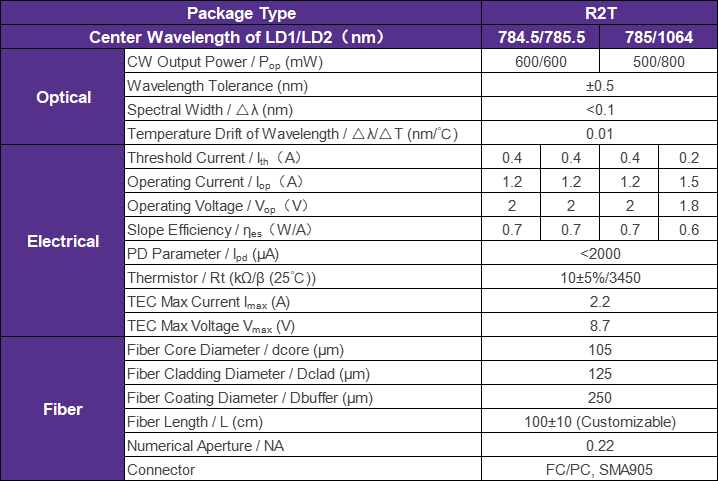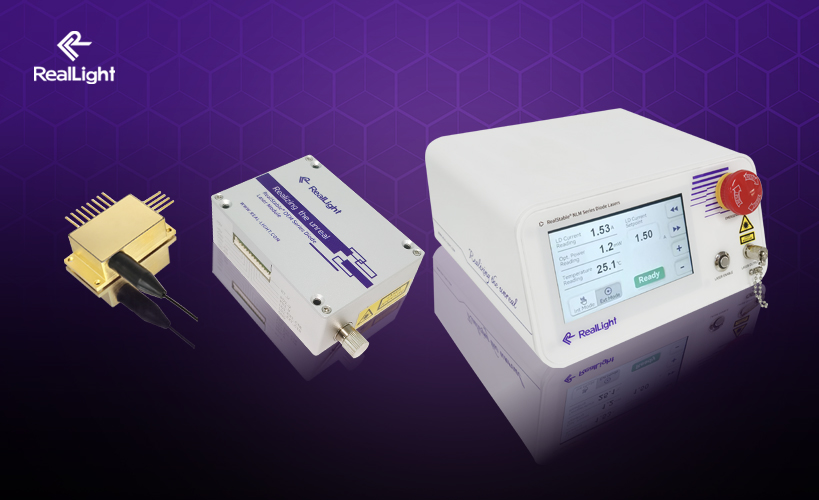Breaking the spectral limit and reshaping the new era of differential Raman analysis
Although traditional Raman spectroscopy technology has been widely used in material analysis, it has always been constrained by a series of challenges such as background interference from fluorescence and insufficient signal sensitivity, which have hindered its ability to achieve greater breakthroughs in performance. The emergence of Shifted Excitation Raman Difference Spectroscopy (SERDS) technology provides a revolutionary solution to this dilemma – through precise control of dual wavelength lasers, it achieves “differential enhancement” of material characteristic signals, allowing fingerprint information in the microscopic world to be presented with higher contrast and more accurate dimensions.
SERDS technology principle:
SERDS uses two lasers with extremely close wavelengths (Δ λ<1nm) (usually narrow linewidth light sources at the nanometer level) to alternately excite the sample. Due to the varying responses of different substance molecules to light of different wavelengths, their Raman scattering spectra exhibit characteristic shifts. By accurately calculating the difference between two wavelength signals through algorithms, fluorescence interference can be effectively suppressed, target signals can be amplified, and the following breakthroughs can be achieved:
Enhance anti-interference ability by 3-5 times: eliminate spontaneous fluorescence of biological samples or complex matrix background interference;
Detection sensitivity exceeds ppm level: suitable for high-precision analysis of trace drug components, pollutants, etc;
Spectral analysis dimension upgrade: Obtain vibration mode differences that cannot be captured by traditional single wavelength methods.
784.5nm&785.5nm dual wavelength lasers: the “golden light source” of SERDS technology

RealLight‘s NL series narrow linewidth diode laser is a Raman laser. The 784.5nm&785.5nm dual wavelength diode lasers are specifically developed for SERDS and have been validated through thousands of spectral database simulations and experiments.
784.5nm: excite the “characteristic vibration region” of the sample, producing a high signal-to-noise ratio signal;
785.5nm: Precisely shift the wavelength to excite the “contrast vibration zone” and form a differential reference.
The wavelength difference between the two is only less than 1nm, yet they can achieve a golden balance of “maximizing signal difference and minimizing background noise”.
Technical advantages:
Narrow linewidth accuracy:<0.1nm linewidth ensures wavelength stability and avoids signal drift;
Power stability: ± 2% power fluctuation control, ensuring long-term detection repeatability;
Temperature control design: Built in TEC module, achieving a constant temperature of 25 ℃± 0.5 ℃, eliminating thermal noise interference.
Application scenario: Comprehensive empowerment from laboratory to industrial site
biomedical science:
Cancer tissue marker detection: distinguishing protein vibration differences between normal cells and cancerous cells;
Drug ingredient identification: Penetrating the coating of the tablet to directly analyze the purity of the active ingredient.
Materials Science:
Graphene defect analysis: identifying the vibration mode displacement of single-layer/multi-layer graphene;
Polymer aging monitoring: Evaluating material life through chemical bond vibration changes.
Environmental monitoring:
Traceability of micro pollutants in water quality: rapid identification of ppb level organic pollutants in water;
Analysis of Atmospheric Particulate Matter Composition: Distinguishing Mineral/Organic Components in PM2.5.
In order to flexibly adapt to customer needs, RealLight can not only provide 784.5nm&785.5nm dual wavelength diode laser modules, but also offer OEM modules that support secondary development and plug and play laser systems that facilitate scientific research and experimental applications.

Feel free to contact us anytime and embark on a new journey of exciting differential Raman analysis together!
Disclaimer: Some content in this article is sourced from the internet for the purpose of technical research and exchange. It is intended for reference and learning only. If there are any inaccuracies or academic discrepancies, please feel free to provide feedback. For copyright concerns, please contact us, and we will promptly verify and remove any infringing content.







